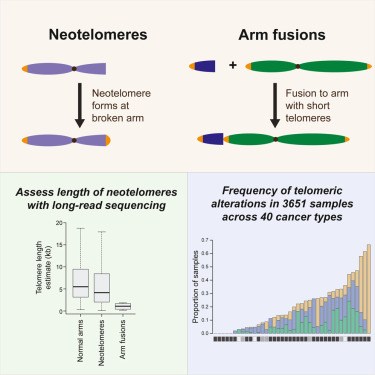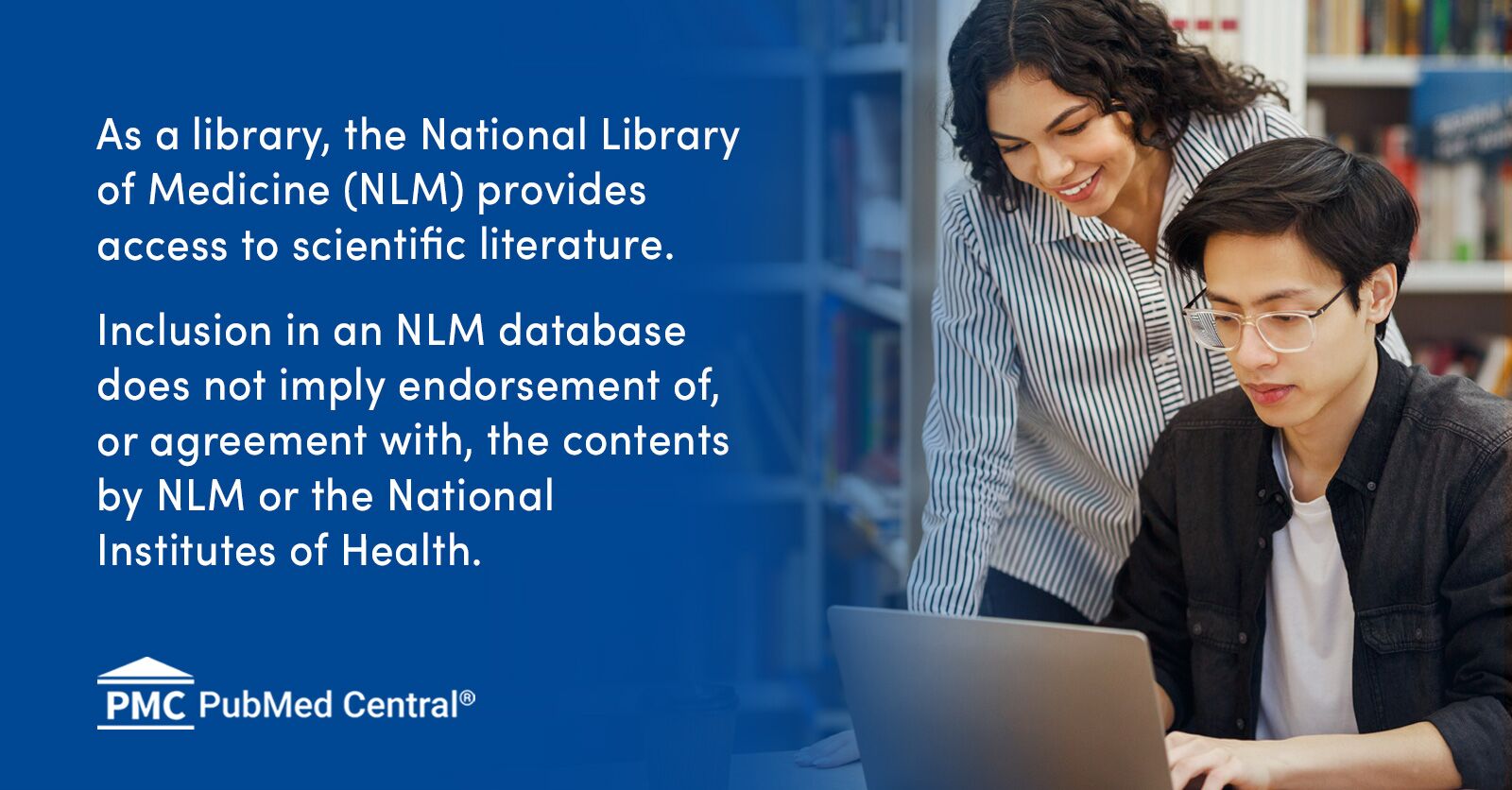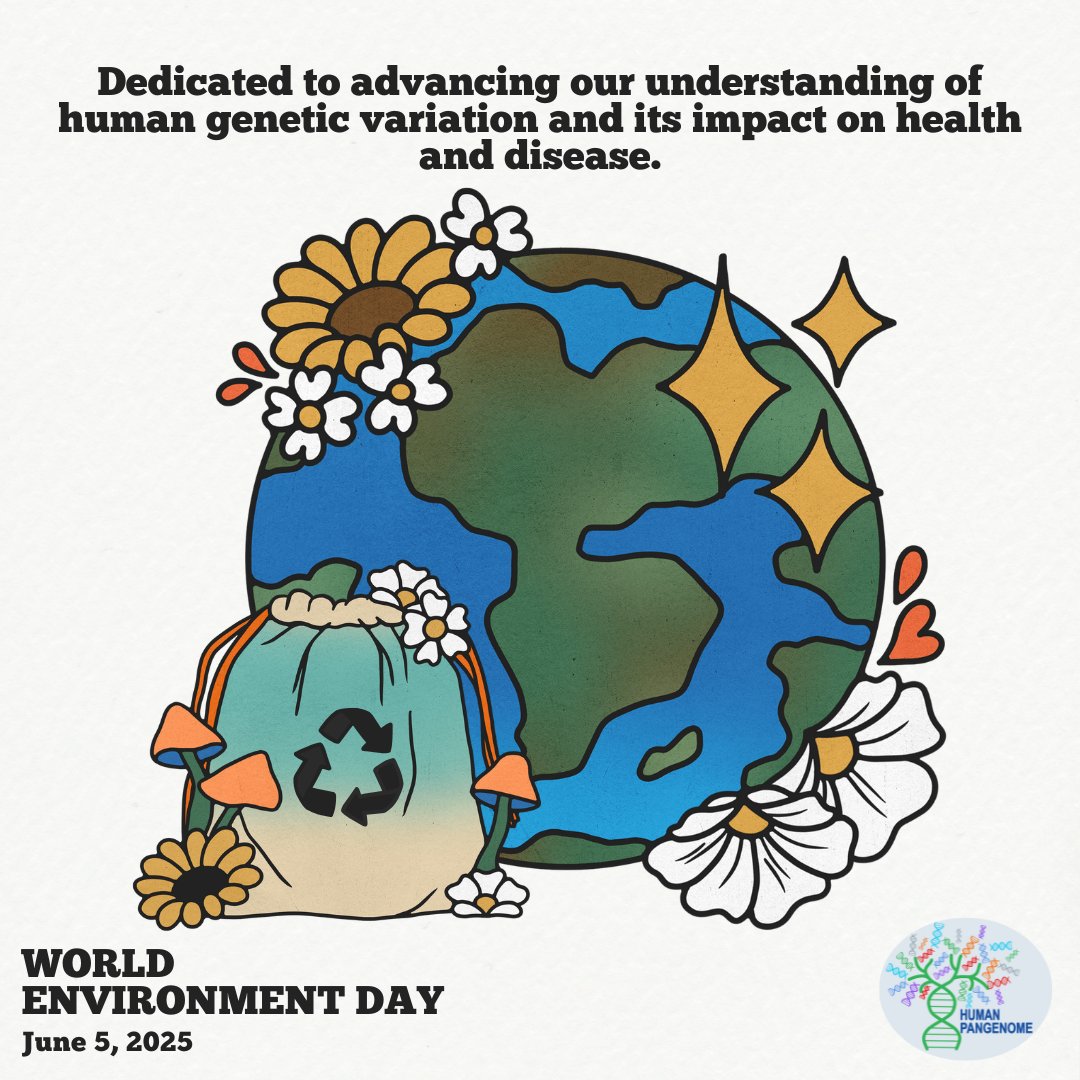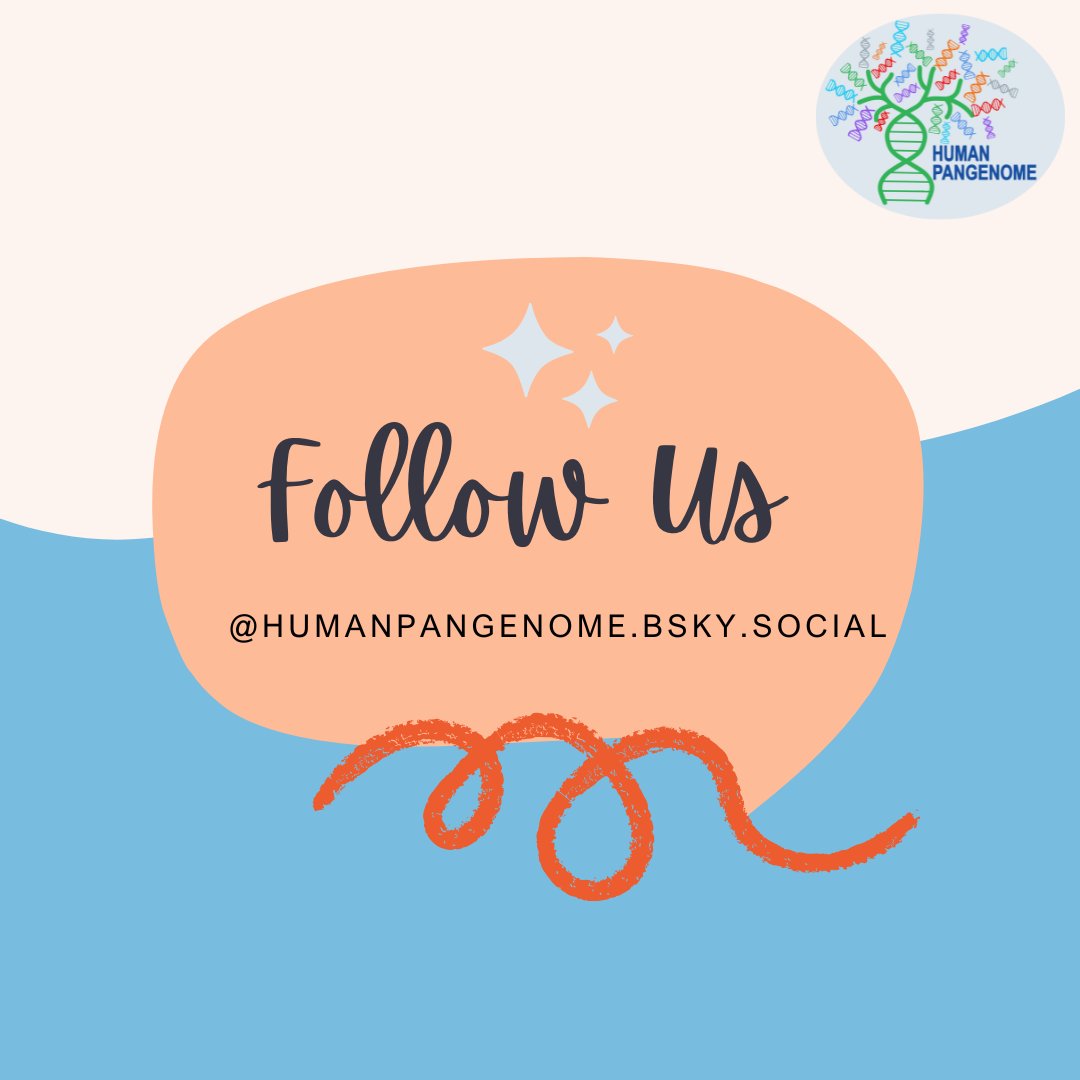
Human Pangenome Reference Consortium
@HumanPangenome
Different Human References Drive Genomic Discoveries for Everyone
🎉 Big milestone for our sister consortium, SMaHT! Congrats on the paper in Nature, this is a huge step in mapping somatic variation!
🧬 The SMaHT marker paper is now live in @Nature This landmark study characterizes somatic variation across 19 tissue types from 150 nondiseased donors, laying the groundwork for future discoveries in health, aging, and disease. Read the full paper: nature.com/articles/s4158…
Long- and short-read sequencing reveal four key telomere repeat changes shaping cancer genome evolution, offering a new model to study complex repetitive elements in somatic genomes. Uncover the research behind it: cell.com/cell-genomics/…

Innovative tools and data shaping the future of lung research are here. The expanded LungMAP portal connects multi-omics, imaging, and pathology data across species, enabling deeper insight into lung development and disease. Explore the resource: pmc.ncbi.nlm.nih.gov/articles/PMC10…

This upcoming #WorldEnvironmentDay, we’re reflecting on how HPRC’s work contributes to a more sustainable future. By deepening our understanding of human genetic variation, we’re supporting better outcomes and helping move toward more efficient, targeted healthcare.🌱🌍

Research highlights how long-read sequencing is helping close the diagnostic gap for rare diseases. Using a nanopore-based pipeline, researchers resolved 11 rare disease cases, uncovering variants and epigenetic changes missed by short-read approaches. medrxiv.org/content/10.110…
A promising single-platform alternative to multi-tech T2T workflows. A recent study shows ONT Duplex reads + Pore-C mapping can produce high-accuracy, chromosome-scale genome assemblies. Explore the findings: biorxiv.org/content/10.110…
❤️ Our working groups are the heart of HPRC! ❤️ Driving everything from technology and T2T assemblies to ethics, outreach, and pangenome development. Meet the teams shaping the future of human genomics: humanpangenome.org/working-groups/

From the western hemisphere to the east 🌐 ... HPRC brings together institutions from across the globe. Though separated by distance, we’re united by one common goal - building a pangenome reference that captures the full scope of human genomic variation.
Catch us on #Bluesky 👋🏽 bsky.app/profile/humanp…

A more complete understanding of human genetics starts with accurate, high-quality reference genomes. HPRC is building a reference that reflects the breadth of human genetic variation, supporting better prediction, diagnosis, and treatment. Learn more: humanpangenome.org/samples/
An emerging polishing pipeline, DeepPolisher, improves genome assemblies by reducing indel errors and correcting false homozygosity. Applied to 180+ HPRC assemblies, it cut errors by 54% and significantly boosted overall quality. Here’s how… genome.cshlp.org/content/35/7/1…
See how HPRC is progressing... From the first draft in 2023 to an expanded and refined collection in 2025, with a comprehensive release planned for 2026. View the full release timeline: humanpangenome.org/release-timeli…
HPRC Associate Members have the unique opportunity to work collaboratively to advance human genomics. From researchers to industry partners, HPRC welcomes additional academic and organizational participation! Learn more about our Associate Members: humanpangenome.org/associate-memb…
A recent study shows that complete human & plant genomes can be assembled using only Oxford Nanopore reads, offering a single-platform path to high-accuracy, telomere-to-telomere assemblies. Explore the findings: pmc.ncbi.nlm.nih.gov/articles/PMC11…

A new method helps recover abundant, but frequently overlooked microbial genomes, even with HiFi reads. Bringing us one step closer to complete metagenomes. Uncover the science behind it: genomebiology.biomedcentral.com/articles/10.11…
With the support of incredible partner institutions, HPRC is creating a human pangenome reference and resource that represents global genomic variation… One initiative at a time.

How did 1990s policy shape today’s genomics ethics? A recent study traces how early HGP decisions still impact consent, IRBs & efforts like the human pangenome. Uncover the story behind it: cell.com/cell-genomics/…

HPRC is building a reference that better reflects global genomic variation. We're well on our way to advancing assembly technology and tools to power next-gen genomic research!
